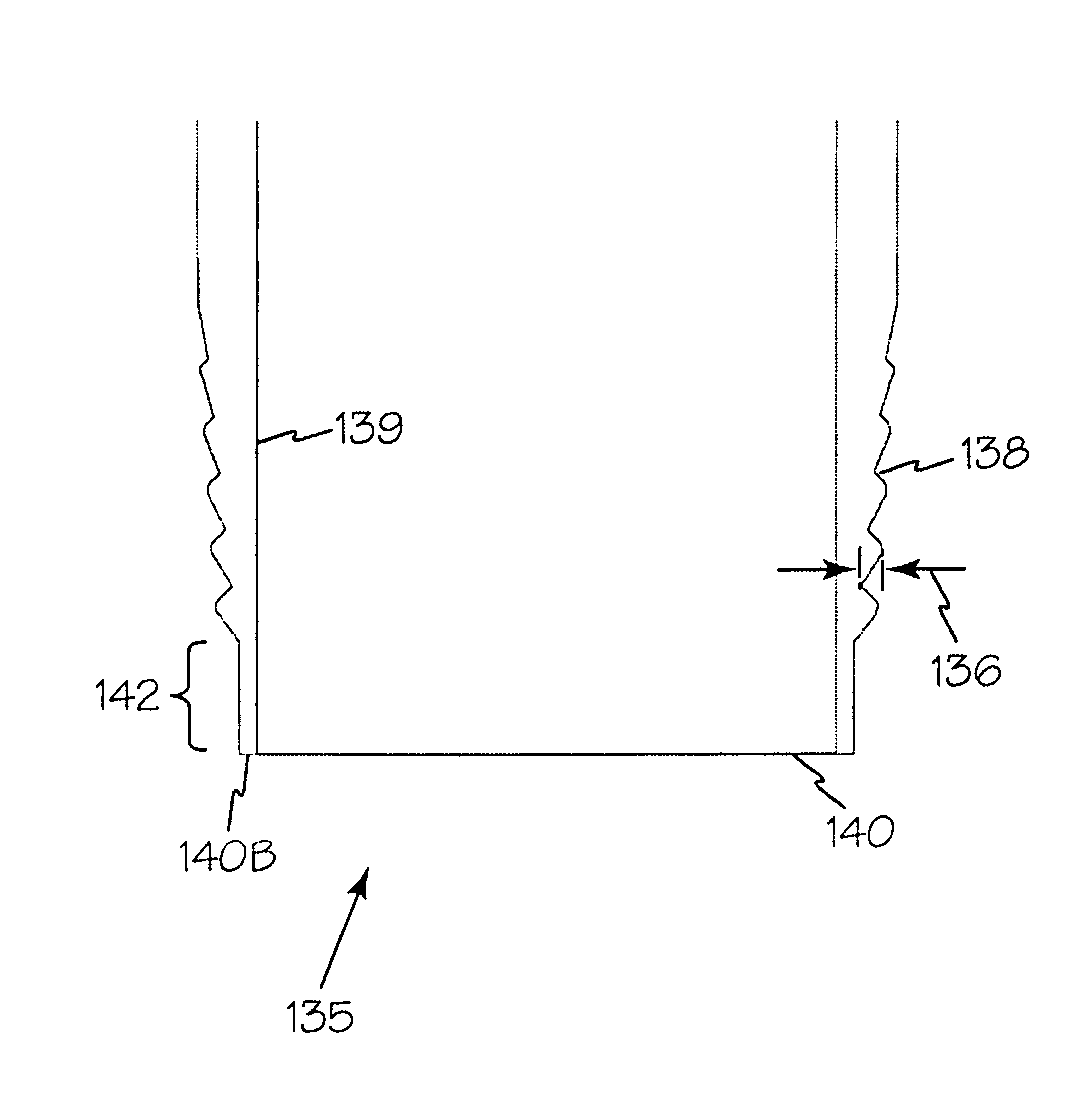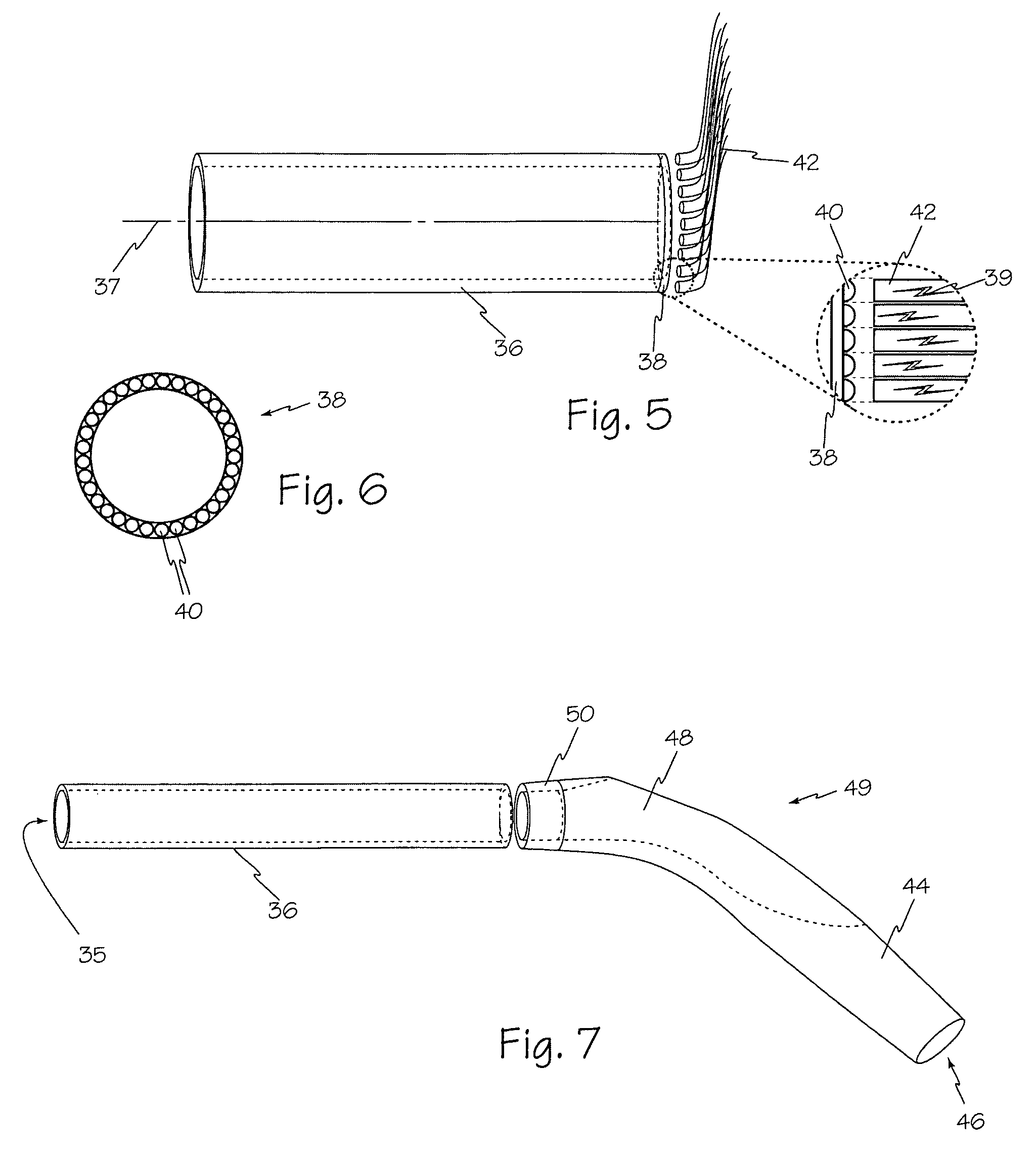Illuminated telescoping cannula
a technology of telescoping cannulas and cannulas, which is applied in the field of surgical illumination, can solve the problems of optical fiber and other conventional waveguide plastics that may start to break down and degrade, and the cost of assembling fibers into endoscope tubes or other surgical devices may be high
- Summary
- Abstract
- Description
- Claims
- Application Information
AI Technical Summary
Benefits of technology
Problems solved by technology
Method used
Image
Examples
Embodiment Construction
[0071]The following disclosure generally refers to an optical waveguide and associated elements for conduction of light. This discussion is for example and the following disclosure may also be suitable for any electromagnetic radiation. The cross-sections illustrated are generally circular and may also adopt any suitable geometry.
[0072]Referring now to FIG. 2, optical waveguide system 14 may accommodate any suitable surgical instrument such as for example, a drill, burr or endoscope 18 which is encased, enclosed or otherwise surrounded by optical waveguide sheath 16. An optical waveguide sheath according to the present disclosure is a generally annular or cylindrical shaped structure and may be manufactured separately and may be a single use device. In the event of a failure of an optical waveguide such as optical waveguide sheath 16, a replacement may be introduced immediately. One or more flow paths such as flow path 26 may be created between endoscope 18 and optical waveguide she...
PUM
 Login to View More
Login to View More Abstract
Description
Claims
Application Information
 Login to View More
Login to View More - R&D
- Intellectual Property
- Life Sciences
- Materials
- Tech Scout
- Unparalleled Data Quality
- Higher Quality Content
- 60% Fewer Hallucinations
Browse by: Latest US Patents, China's latest patents, Technical Efficacy Thesaurus, Application Domain, Technology Topic, Popular Technical Reports.
© 2025 PatSnap. All rights reserved.Legal|Privacy policy|Modern Slavery Act Transparency Statement|Sitemap|About US| Contact US: help@patsnap.com



